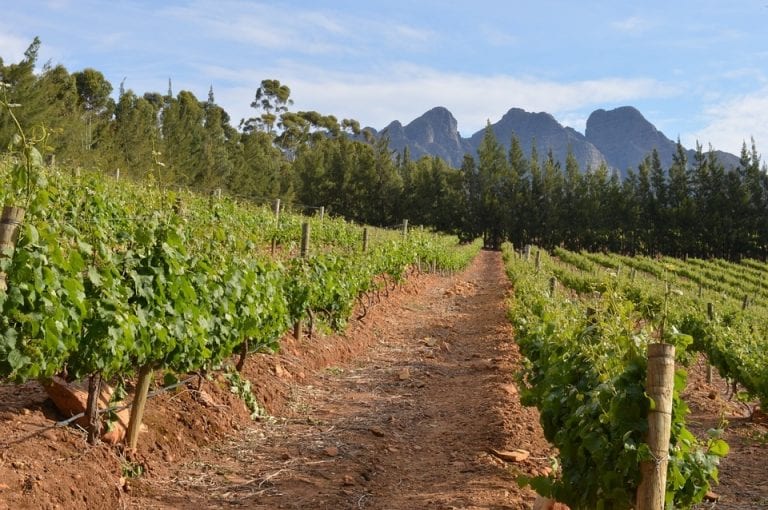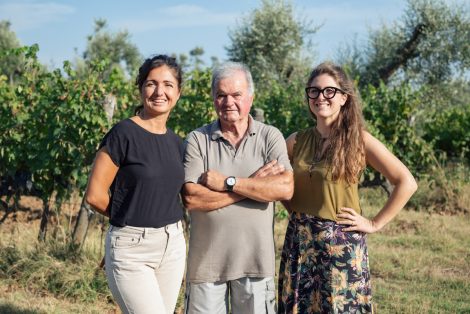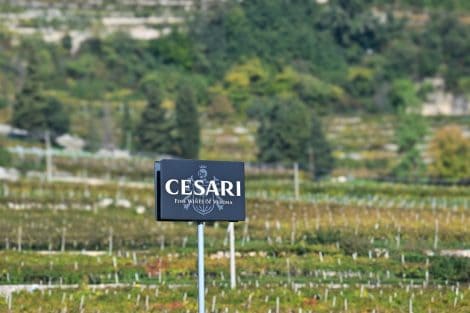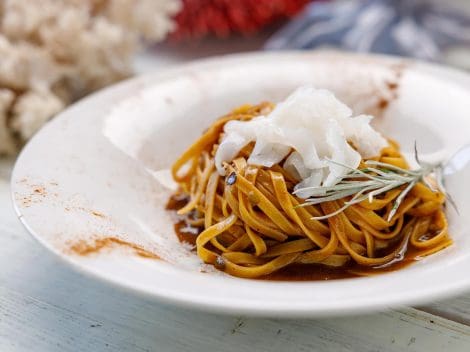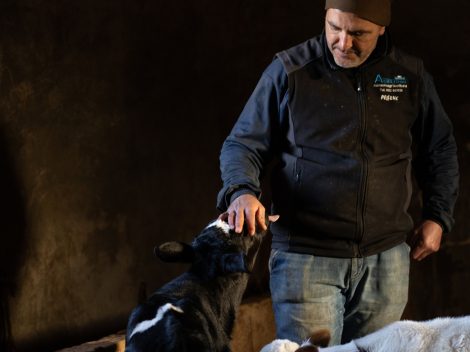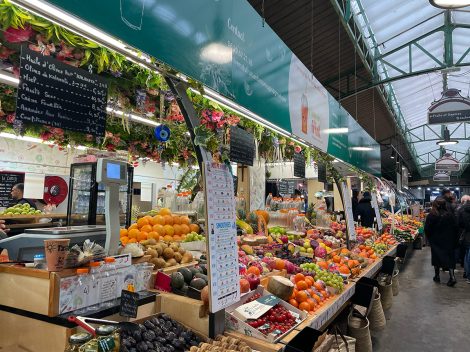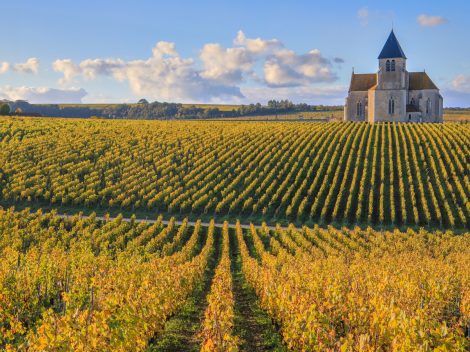The first data revealed by Sawis (South African Wine Industry Information and Systems) show a decrease of 15% in the South African harvest, due to what has been defined as the worst drought in the last one-hundred years. This translates to a total of 1,220,920 tons brought in the cellar. Down, yes, but still above initial estimates: the OIV a few weeks ago had predicted a full -20%. The situation is similar in all regions, with the exception of Breedekloof, where the new facilities in Colombard and Pinotage have raised the numbers.
A particularly difficult season was the one near the Olifants River, where the producers could draw from the Clanwilliam dam only for 20% of the quota normally allotted to irrigation. In some regions further problems came with the frosts of September/October. In general, however, there has been alternation between dry heats of December - when not even a drop of water precipitated and temperatures remained constantly above 35 degrees C - and the cooler vegetative phase, characterized by milder temperatures that favoured ripening of the grapes, especially the red varieties.
Not to mention that the dry climate favoured the positive health of the vineyards, with few or no parasites present on the plants. If the volume is, therefore, decreasing, the quality could give pleasant surprises. "We feel very optimistic about the quality of the grapes of the 2018 crop" is the comment of SiobhanThompson, CEO of Wines of South Africa. "Beyond the numbers, what matters to us is that the standards of the wines we sell can compete with those of the rest of the world".

